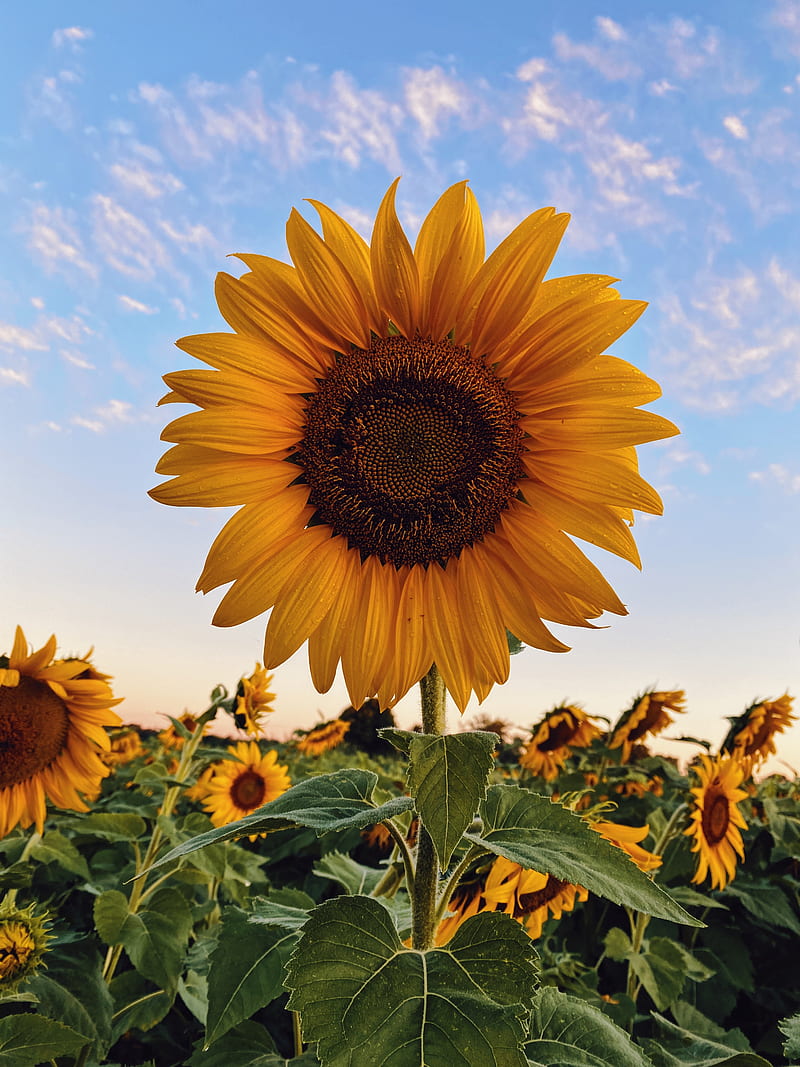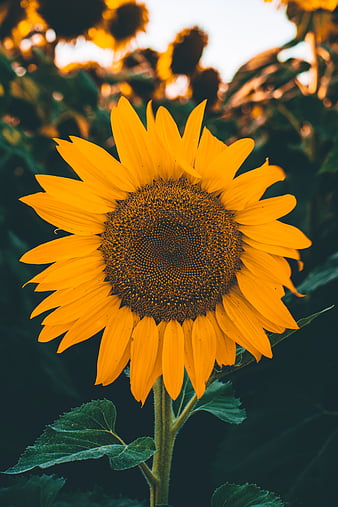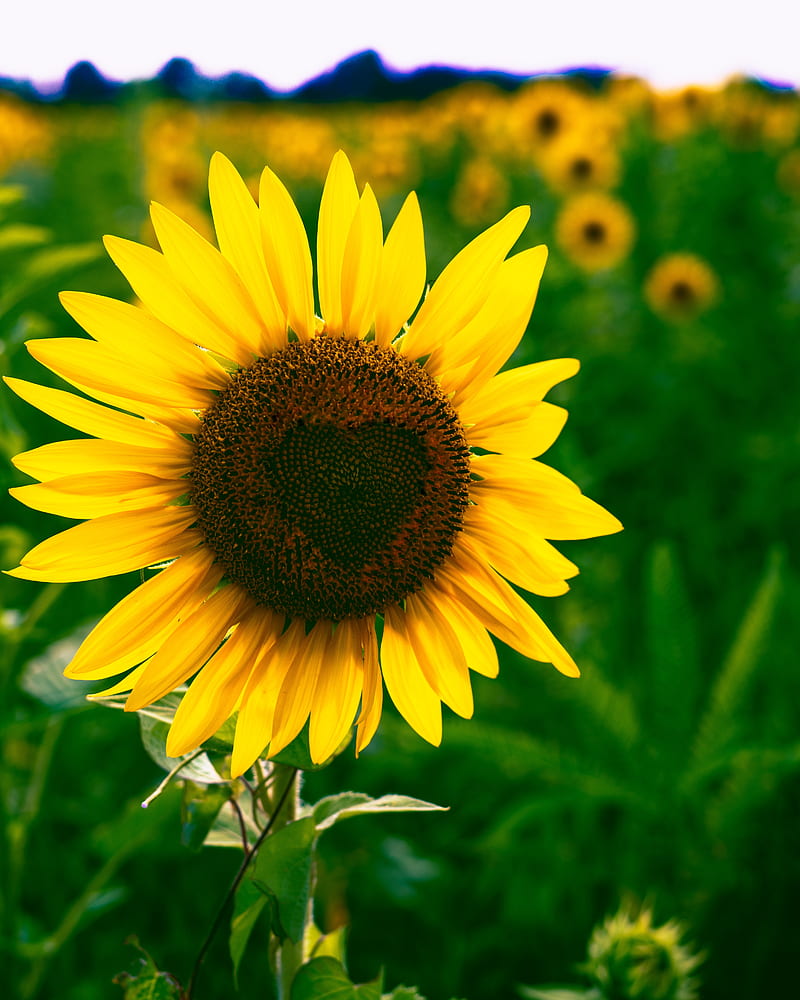Welcome to Sunflower Paradise



History of Sunflowers
Common sunflower was one of several plants cultivated by Native Americans in prehistoric North America as part of the Eastern Agricultural Complex. Although it was commonly accepted that the sunflower was first domesticated in what is now the southeastern US, roughly 5,000 years ago, there is evidence that it was first domesticated in Mexico around 2600 BCE. These crops were found in Tabasco, Mexico, at the San Andres dig site. The earliest known examples in the US of a fully domesticated sunflower have been found in Tennessee, and date to around 2300 BCE. Other very early examples come from rockshelter sites in Eastern Kentucky. Many indigenous American peoples used the sunflower as the symbol of their solar deity, including the Aztecs and the Otomi of Mexico and the Incas in South America. In 1510, early Spanish explorers encountered the sunflower in the Americas and carried its seeds back to Europe. Of the four plants known to have been domesticated in eastern North America and to have become important agricultural commodities, the sunflower is currently the most economically important.
Research of phylogeographic relations and population demographic patterns across sunflowers has demonstrated that earlier cultivated sunflowers form a clade from wild populations from the Great Plains, which indicates that there was a single domestication event in central North America. Following the cultivated sunflower's origin, it may have gone through significant bottlenecks dating back to ~5,000 years ago.
In the 16th century, the first crop breeds were brought from America to Europe by explorers. Domestic sunflower seeds have been found in Mexico, dating to 2100 BCE. Native American people grew sunflowers as a crop from Mexico to Southern Canada. They then were introduced to the Russian Empire, where oilseed cultivators were located, and the flowers were developed and grown on an industrial scale. The Russian Empire reintroduced this oilseed cultivation process to North America in the mid-20th century; North America began their commercial era of sunflower production and breeding. New breeds of the Helianthus spp. began to become more prominent in new geographical areas. During the 18th century, the use of sunflower oil became very popular in Russia, particularly with members of the Russian Orthodox Church, because only plant-based fats were allowed during Lent, according to fasting traditions. In the early 19th century, it was first commercialized in the village of Alexeyevka in Voronezh Governorate by the merchant named Daniil Bokaryov, who developed a technology suitable for its large-scale extraction and quickly spread around. The town's coat of arms has included an image of a sunflower ever since. Learn more about Sunflowers on Wikipedia